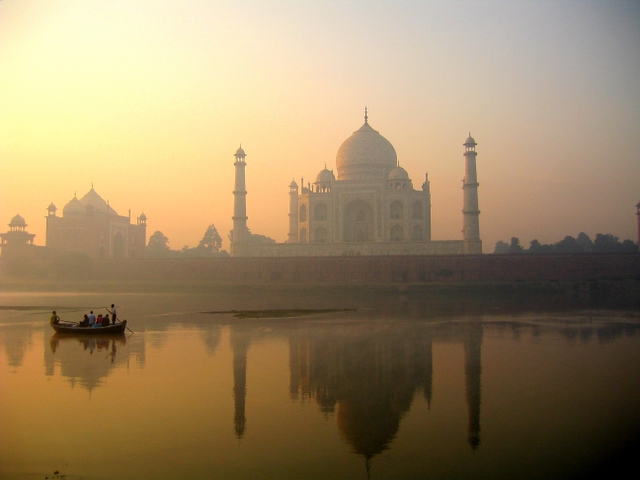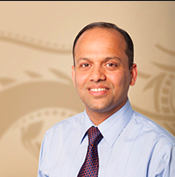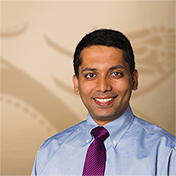The massive election process in India has just drawn to a close. Over 814 million voters were eligible to vote in the nine-phase election, which took place over five weeks, between early April and mid-May. As a point of comparison, the voter turnout is more than twice the U.S. population and larger than the population of Europe.
Let’s marvel at the management behind the world’s biggest democratic election exercise.
How expansive was the polling station network?
Given the premise that no one should have to travel a long distance to vote and no single polling station should manage more than 1,500 votes, India established over a million polling stations.
Why do elections take such a long time?
This is mainly due to the massive scale required in managing such an extensive exercise, including the deployment of more than 200,000 security personnel to facilitate peaceful elections. Mobile security units are ferried across locations as the election phases progress, ensuring the sanctity of the process.
How are all the votes counted?
To me, this is one of the most fascinating aspects of the election process. Although more than 350 million Indians still live in poverty, ballots have been cast electronically, rather than by paper, since 2004. In fact, electronic voting had been tested in local Indian elections for more than 20 years before it was rolled out nationally. Electronic Voting Machines (EVMs) were designed as a technological solution to count large-scale voting accurately and transparently. Close to 2 million machines were estimated to have been used in this year’s election. This has been an improvement from the older system of paper ballots that were rubber stamped.
The EVMs are specialized adding machines that feature the names and symbols of candidates or political parties (symbols are required due to the significantly high percentage of illiterate constituents). Software is hard-wired into the mechanism’s microprocessor so that it cannot be reprogrammed. Each machine is programmed to record just one vote every five seconds, hold a maximum of 3,840 votes and automatically shut down should it detect any tampering. Additionally, machines are deliberately not networked to limit opportunities for further tampering on a mass scale, i.e. thousands of machines must be fiddled at a time to alter the results in a meaningful way. EVMs run on a single 6-volt alkaline battery so they can be operated in rural areas where more than 68% of Indians live. Finally, these machines cost less than US$200 each and are small enough for officials to carry in briefcases.
India is a land of contradictory possibilities. Despite being a poor country with annual GDP per capita on the lower end of Asian economies (at US$1,527), it is home to some of the world’s best IT and generic pharmaceutical companies. Electronic voting is one illustration of the dichotomies that are present in the rapidly changing nation. The management of the country’s large, complex democratic election sparked the need for innovation and India has produced a cost-effective, fair and transparent system that can perhaps benefit other parts of the world. Despite the big macro and microeconomic challenges India may face, this is the kind of product and process innovation that keeps us excited about the potential India holds overall.
Rahul Gupta, Senior Research Analyst at Matthews Asia
The views and information discussed represent opinion and an assessment of market conditions at a specific point in time that are subject to change. It should not be relied upon as a recommendation to buy and sell particular securities or markets in general. The subject matter contained herein has been derived from several sources believed to be reliable and accurate at the time of compilation. Matthews International Capital Management, LLC does not accept any liability for losses either direct or consequential caused by the use of this information. Investing in international and emerging markets may involve additional risks, such as social and political instability, market illiquidity, exchange-rate fluctuations, a high level of volatility and limited regulation. In addition, single-country funds may be subject to a higher degree of market risk than diversified funds because of concentration in a specific geographic location. Investing in small- and mid-size companies is more risky than investing in large companies, as they may be more volatile and less liquid than large companies. This document has not been reviewed or approved by any regulatory body.




